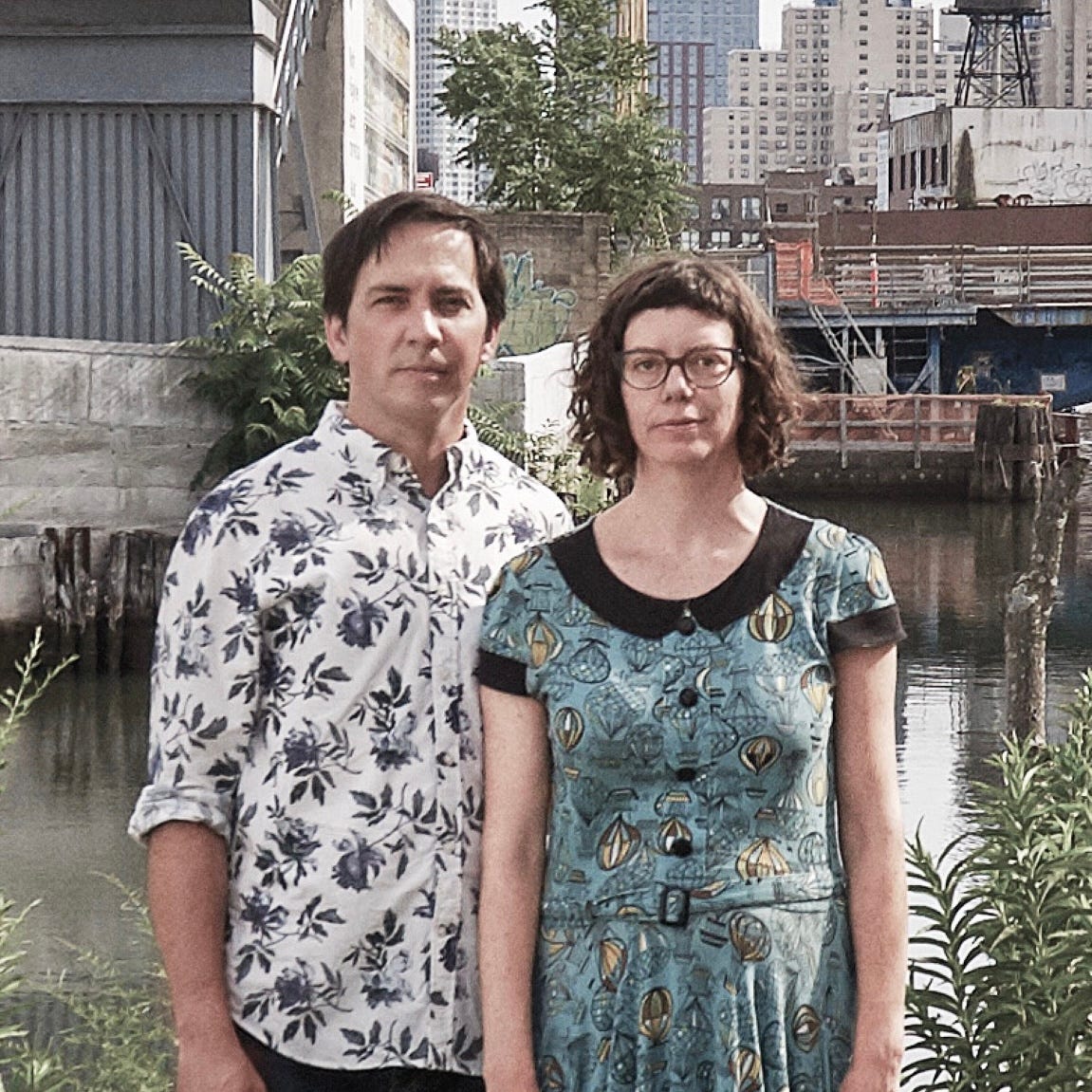Catch the World Premiere of "Gowanus Current"
From factories to glass towers: local filmmakers document a radically changing neighborhood
The long-awaited premiere of Gowanus Current is finally happening! On Wednesday, April 2, filmmakers Jamie Courville and Chris Reynolds will debut their ten-year opus on the big screen at Cobble Hill Cinemas.
The film is a visual time capsule, documenting the lengthy and divisive Gowanus rezoning process as well as the passionate locals who supported and opposed plans to redevelop the formerly industrial neighborhood. Filming began in August 2013, just before the Whole Foods on 3rd Street opened, which for many marked the beginning of the end of Gowanus. Courville and Reynolds shot over 400 hours of footage across ten years, capturing the dramatic changes happening around them. They filmed countless community meetings, cultural events, ribbon-cuttings, business openings and closings, and “a lot of things being torn down and a lot of things being built up,” says Courville.
Originally from Texas, Courville and Reynolds moved to New York City in October 2001. They lived in Williamsburg, Bushwick, and Sunset Park before landing in Gowanus. In 2009 the couple married and settled into a spacious ground-floor apartment on Douglass Street.
“It was great to have a really big apartment that was cheap on an industrial block that we had to ourselves after working hours,” Reynolds says. “I loved it so much. I loved the vibe of the place and how it felt a little free,” Courville fondly recalls. “There was always something happening.”
The bliss did not last. Not long after, things began to change around the neighborhood, with The Fairfield Marriott Hotel opening on the corner of Douglass and Third Avenue in 2011. “The thing that really started it for me was the brick building at the end of our block was torn down and became a Marriott. I couldn’t remember what it looked like before,” says Courville on what sparked the idea for the film. The two decided “before anything else goes away, let’s start memorializing a little bit, but then so much happened.”
“We were looking for a project and we thought let’s just look at what’s happening around us,” Reynolds says, noting that they never expected to work on “a feature ten years in the making.” Their plan was to make a film “about how the physical landscape around us changed and how we remembered it.”
They started by interviewing some of their friends and neighbors but ultimately did not use any of that early footage. “It was hard to know what to shoot when you could just shoot everything,” Reynolds notes. They began focusing on various forms of civic engagement and public, outdoor events, to create an “observational” film that does “a lot of showing, not telling,” according to Courville.
“We don’t do interviews. There’s no score. There’s no text on the screen,” Reynolds says of the final cut of the movie. “The people who are speaking on camera were speaking to a different audience, to a community meeting audience, or something like that, and we tried to be a fly on the wall.”




